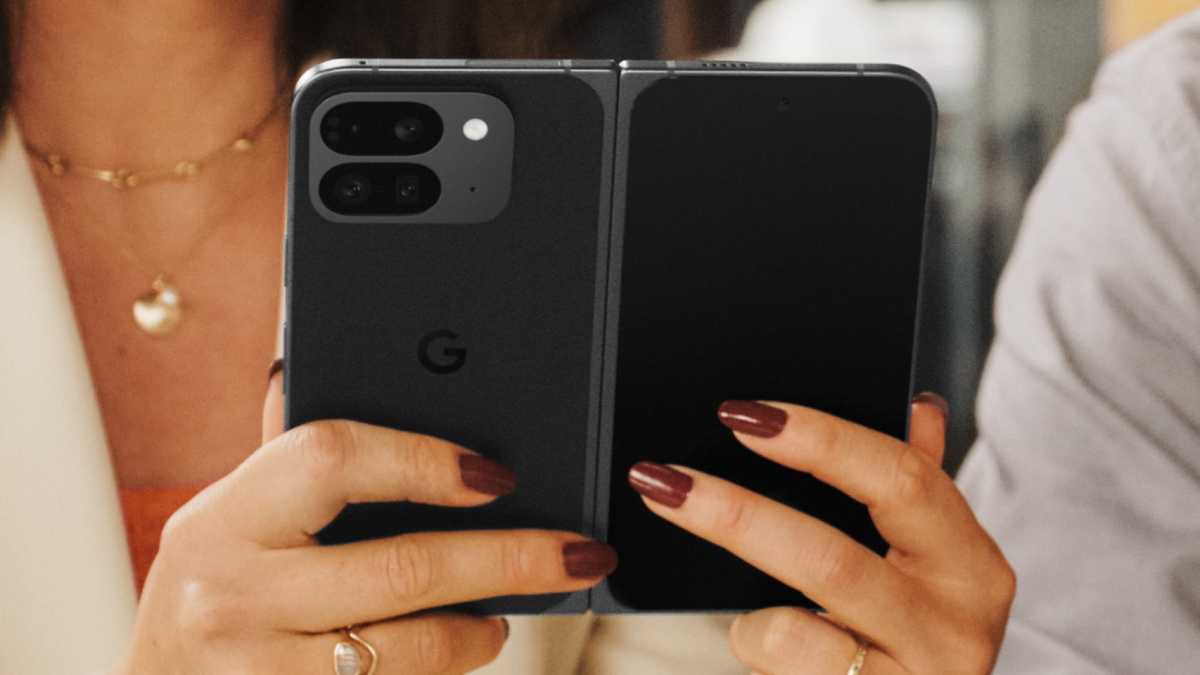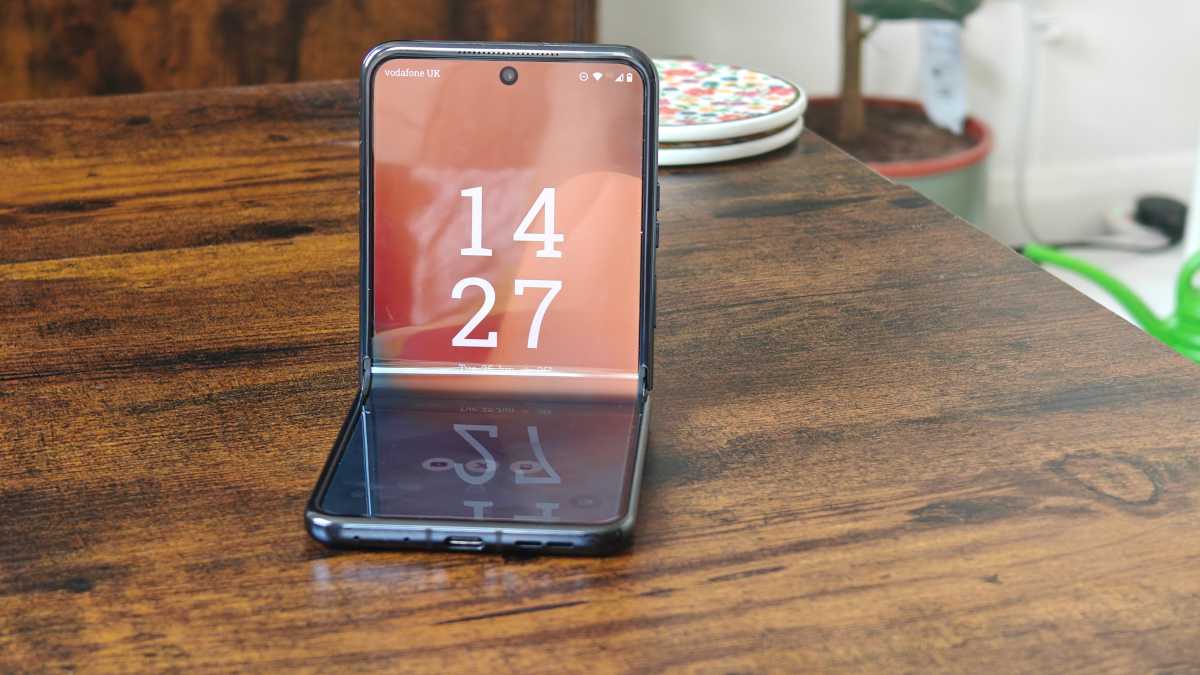The current Pixel range is the largest ever, but Google is missing out by avoiding flip phones altogether.
Overall, the company takes a ‘less is more’ approach to its smartphones. The Pixel range started in 2016 with a single device, and it was another seven years before we saw more than three handsets in the same calendar year.
But after the quartet of 2023 (the 8 series plus 7a), Google has gone a step further this time. The Pixel 9 and 9 Pro were widely expected, as was a Pixel Fold successor (even though the new Pixel 9 Pro Fold name was a surprise).
Googling
But until the flurry of leaks approaching launch, few would have predicted we’d see a fourth model, known as the Pixel 9 Pro XL. It means we now have a range of flagship phones to suit different needs, plus a foldable phone for buyers at the forefront of the market.
If you’re looking for something more affordable, the 2024 Pixel 8a is a worthy mid-range alternative. And while Google doesn’t make a budget phone itself, older models like the Pixel 7a are regularly marked down to less than £300/$300.
It’s a strong lineup, but I’m convinced it would be even better if a flip phone were added to the mix.
Google is one of the few phone companies still experimenting with flip phones (Samsung is already in its fifth generation) and undoubtedly the largest on the Android side. Apple is clearly biding its time to release any form of foldable material as well.
That’s despite two generations of book-style foldables, which are still too experimental and expensive (£1,749 / $1,799 for the 9 Pro Fold) to get into the hands of mainstream consumers.

Googling
Many flip phones, on the other hand, are priced in line with mainstream flagships. And there are a few obvious reasons why people might want to buy one instead of a non-folding phone.
Whether you want to take top-class selfies, reduce screen time or simply want a more compact design, a flip phone offers some real advantages over a regular device.
The two leading flip phones on the market – the Samsung Galaxy Z Flip 6 and Motorola Razr 50 Ultra/Razr+ (2024) – are both attractive options.
But both have significant shortcomings, whether it’s Samsung’s slightly frustrating cover screen or Motorola’s camera compromises. And the lack of competition is really hurting consumers in Britain and the US, with Chinese companies seemingly reluctant to launch flip phones outside Asia.
I believe Google is the only company that can truly master the flip phone form factor.

Hannah Cowton / Foundry
At the same time, I believe Google is the only company that could truly master the flip phone form factor.
Pixel phones have some of the best cameras on the market, so it would be great to use them for selfies. Google’s hardware has improved by leaps and bounds in recent years, and I’m confident that this will be a stylish yet durable flip phone. And as the creator of Android, it could encourage developers to create apps that are truly optimized for the cover screen.
Combined, a potential Pixel Flip could offer the best of both worlds: an exciting hybrid that doesn’t compromise on the basics of a great smartphone. If that doesn’t give flip phones mainstream appeal, I don’t know what does.
